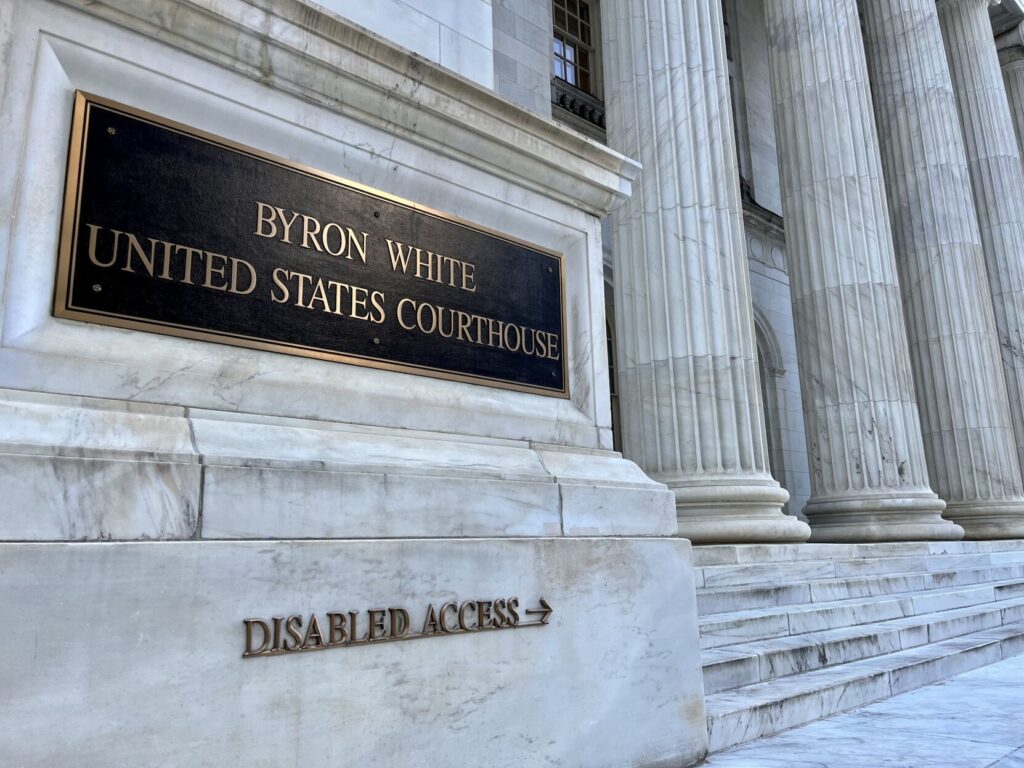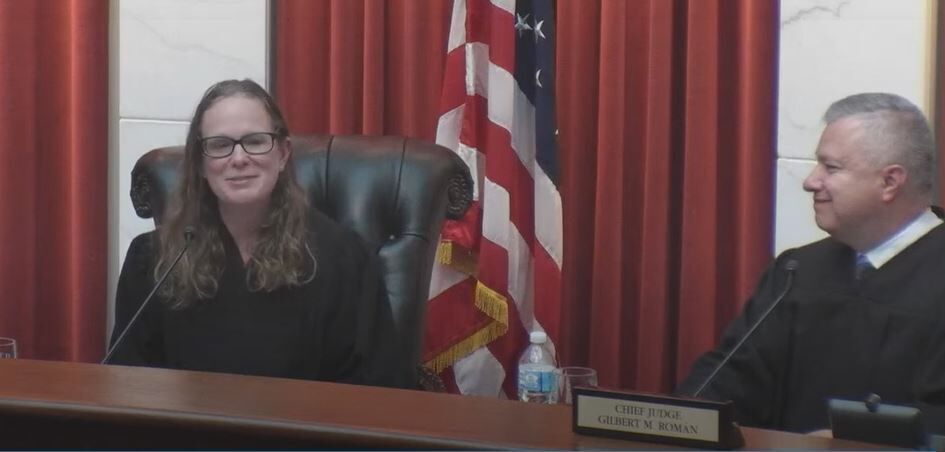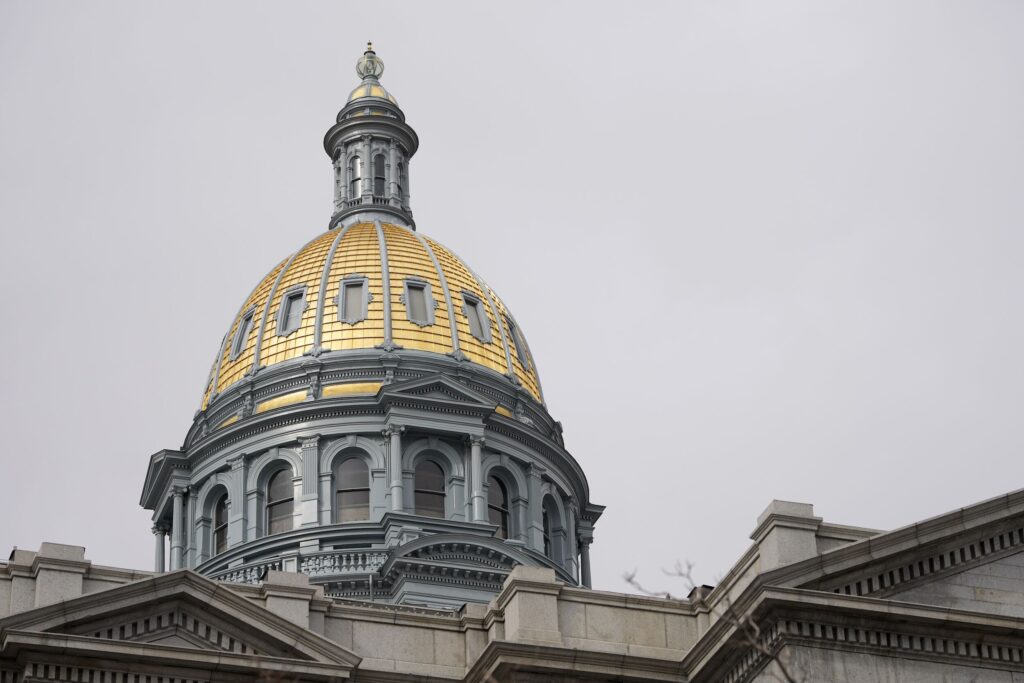How the Trump and Clinton tax plans would affect Americans
For America’s wealthiest families, the presidential campaign presents a stark choice: A big tax increase if Hillary Clinton wins the election – or a big tax cut if Donald Trump wins.
For everyone else? Right now, neither candidate is proposing major tax changes.
Tax policy is one of the issues on which the two nominees differ most. Their approaches are likely to draw new attention in the wake of a New York Times report that Trump’s nearly $916 million in losses in 1995, according to tax records the paper received anonymously, means he may not have paid federal income taxes for as many as 18 years.
On trade, Clinton has backed off her previous support for free trade agreements and, like Trump, now opposes the Trans-Pacific Partnership, a pact involving the U.S. and 11 other nations.
Trump has said he will spend twice as much on building and repairing roads, airports and other infrastructure as Clinton would.
On trade and infrastructure spending, Trump has taken a populist approach that jettisons Republican orthodoxy. But on taxes, his proposed tax cuts for individuals and businesses are more in line with previous Republican candidates and elected officials. After two previous tries, he provided more details on his tax plans in a speech in New York last week – although he left one key component unclear.
Clinton, for her part, is proposing to raise taxes for the wealthiest households to pay for traditional Democratic proposals such as expanding access to higher education.
“Here, at least, they fall into very much traditional Democratic and Republican proposals,” said William Gale, co-director of the Tax Policy Center, a joint project of the Brookings Institution and Urban Institute.
Taxes on Higher Incomes
Trump: He would cut the top income tax bracket to 33 percent from its current level of 39.6 percent. Republican House Speaker Paul Ryan has made the same proposal, which the conservative Tax Foundation said would help boost after-tax income for the wealthiest 1 percent of Americans by 5.3 percent. Trump would also cap tax deductions at $200,000 per household.
Taxes on Middle Incomes
Trump: Would reduce the seven tax brackets in current law to three, at 12 percent, 25 percent and 33 percent. He’d also raise the standard deduction to $15,000 for singles and $30,000 for households.
Corporate Tax Rate
Trump: Would cut the corporate rate from its current 35 percent to 15 percent. It’s unclear however, if he’d allow “pass through” corporations, which pay taxes on revenue as personal income, to claim the 15 percent rate. Doing so would cost an extra $1.5 trillion, according to the nonpartisan Tax Foundation, which supports lower tax rates.
“Carried Interest” Loophole
Trump: Managers for private equity firms and hedge funds can classify their investment profits as “carried interest” and pay capital gains taxes on their income at rates that can be as low as half the regular income tax rate. Trump says he would eliminate the loophole, but hedge fund and private equity managers would be able to pay even lower tax rates should Trump let pass-throughs enjoy his lower 15 percent rate.
Estate Taxes
Trump: Would eliminate the so-called “death tax” that is currently levied on estates worth more than $5.45 million ($10.9 million for married couples).
Corporate Inversions
Trump: Argues his steep cut in the corporate tax rate would end the practice of corporate “inversions,” which occur when a U.S. company acquires a foreign corporation, then relocates overseas, to avoid paying U.S. corporate taxes. The U.S. corporate tax rate of 35 percent is the highest in the developed world, though many companies use deductions and other strategies to avoid paying that amount. Trump would only tax repatriated corporate money at 10 percent to incentivize businesses to bring it back into the country.
Child Care
Trump: Wants to make child care costs tax-deductible, subject to caps based on income and the average price of childcare in a state. It would apply to stay-at-home parents as well. Would expand the Earned Income Tax Credit to benefit lower-income earners who pay little or no income tax. Current law allows parents to claim a credit of up to $6,000 for child care expenses. He’d also let families put aside money in tax-exempt accounts to pay for child care.
Clinton: Has made several proposals intended to help limit child care expenses to 10 percent of a family’s income through a combination of expanded government spending and unspecified tax credits.











